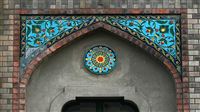Live
فارسی
عربي
ورود از طریق شبکه های اجتماعی
- استفاده مختص کاربران دارای هویت واقعی محرز شده نزد این پایگاه میباشد.
- این سایت در ستاد ساماندهی و بخش جرائم رایانهای دادگستری به ثبت رسیده است.
- گزارش تخلفات احتمالی این سامانه توسط کاربران الزامی می باشد
- کاربران باید طبق قوانین این سامانه که برگرفته از قوانین جرائم رایانه ای می باشد فعالیت کنند
- نام کاربری شما تکراری می باشد


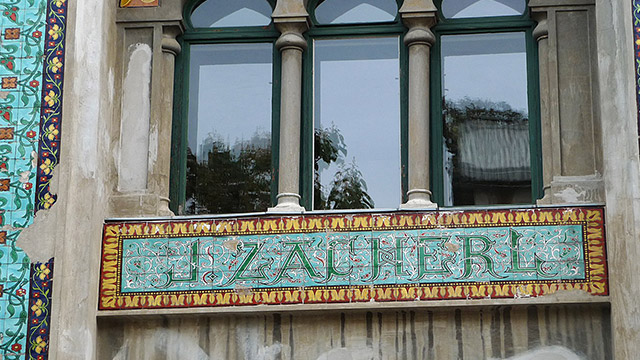
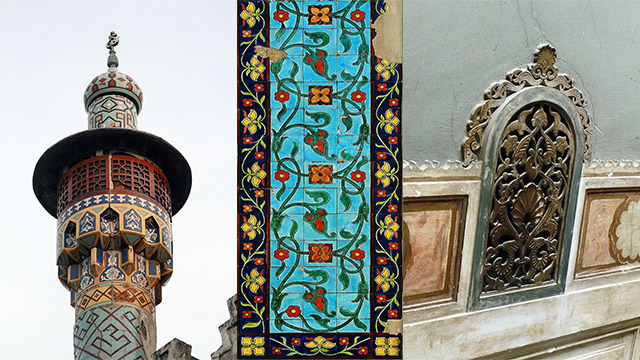 The tiles show typical Persian patterns but were made in Vienna’s Wienerberger brick factory. The relief patterns used are also reminiscent of sacral buildings in Iran or Central Asia.
The tiles show typical Persian patterns but were made in Vienna’s Wienerberger brick factory. The relief patterns used are also reminiscent of sacral buildings in Iran or Central Asia.

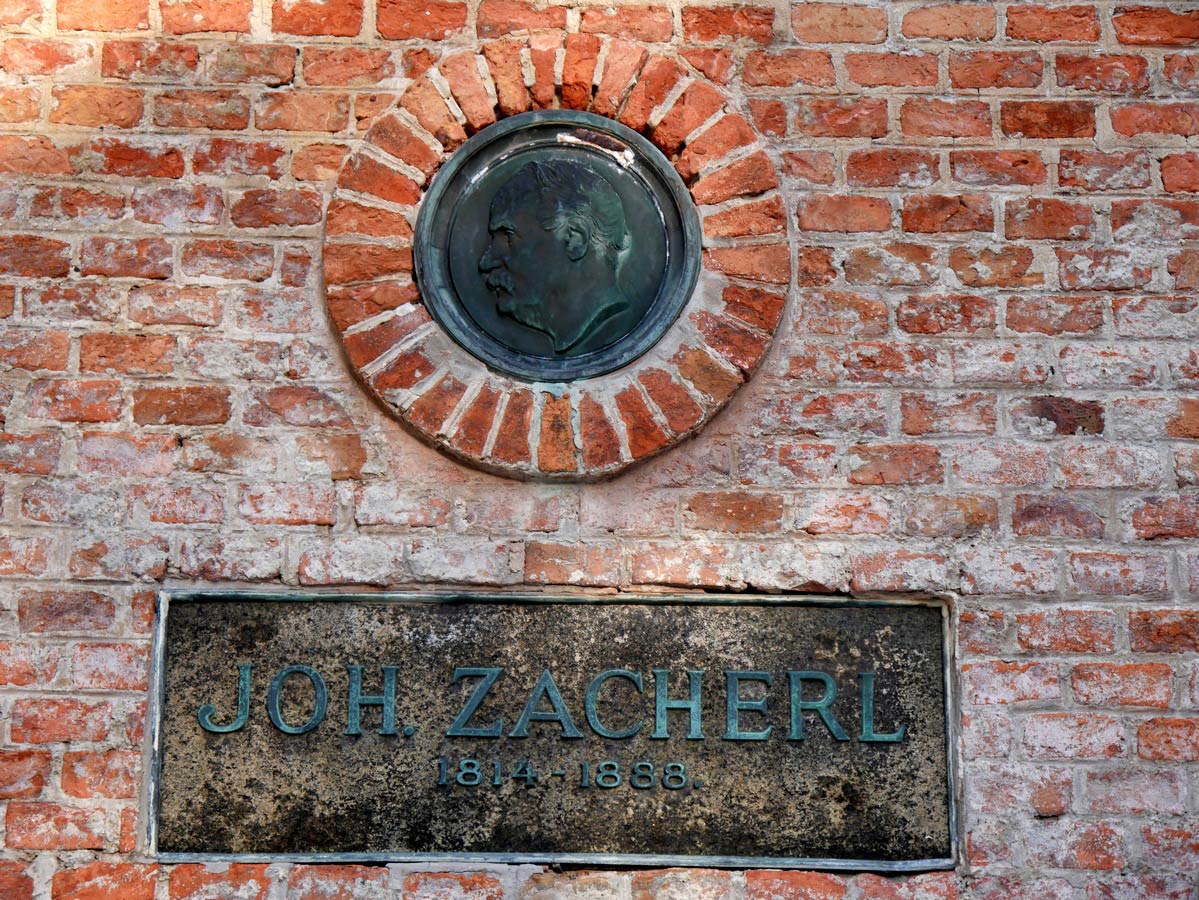
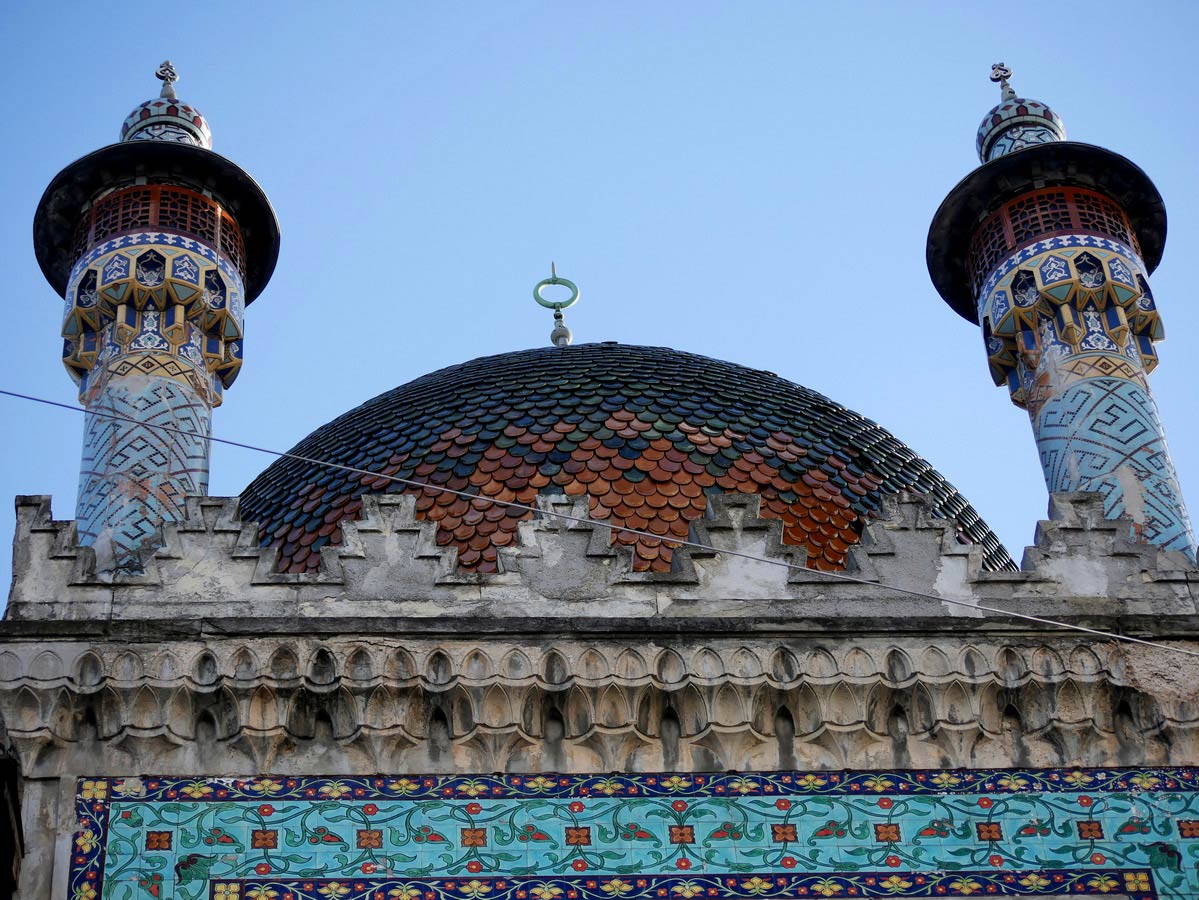
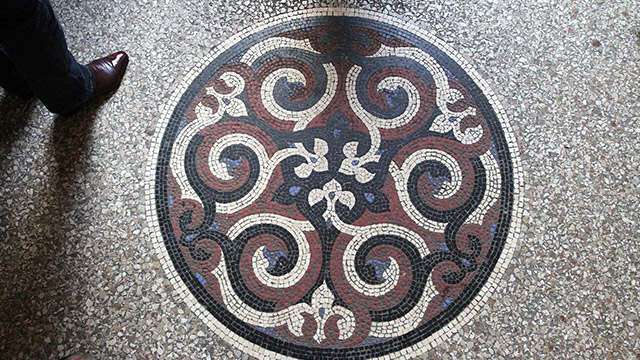
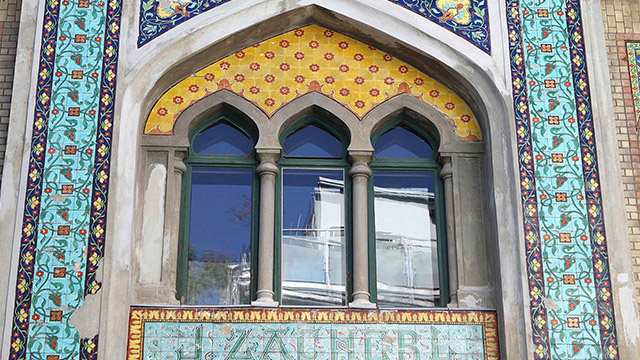
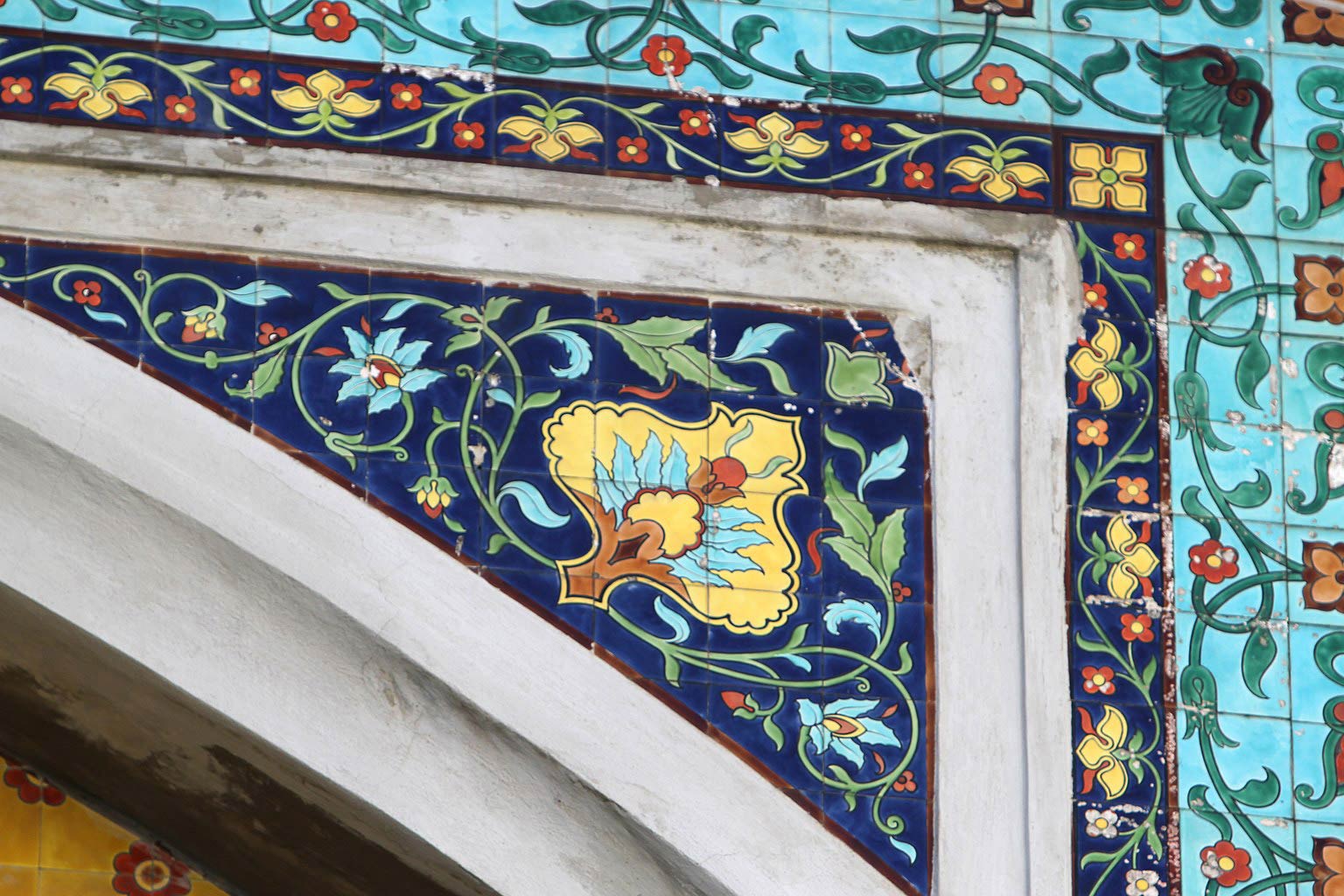
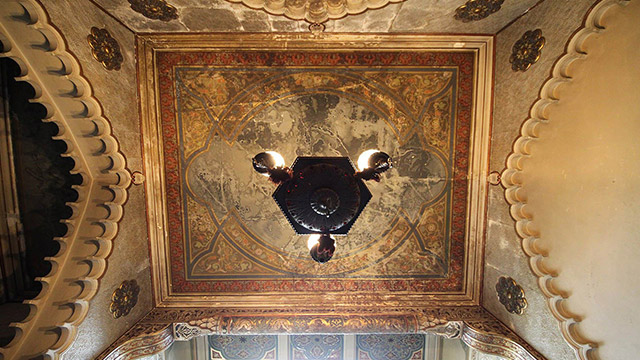 MM/MM
MM/MM